Plasticizers make nail polish film more flexible and durable. They integrate with nitrocellulose film to reduce brittleness, chipping, and breaking. Due to health concerns, Camphor and triphenyl phosphate have replaced phthalate-based plasticizers like dibutyl phthalate (DBP).
Pigments and dyes give nail polish its many colors. The nail polish matrix contains finely ground particles. Quality and kind of pigment determine color intensity, fidelity, and gloss appearance under varied lighting circumstances. Iron oxides provide yellows, reds, and browns, while titanium dioxide produces white. Mica adds radiance and shine.
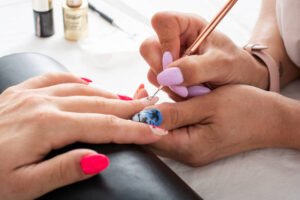
Stabilizers and UV filters are lesser-known but essential elements. They keep nail polish consistent and colorful when exposed to air and light. Without these, the polish would fade. Benzophenone-1 absorbs UV rays, preventing film yellowing and preserving its polished appearance.
Modern nail polishes may also contain hardeners, conditioners, and fungal preventatives. These ingredients improve polish and nail health. Formaldehyde resin hardens nails, making lacquer less likely to chip. Vitamin E and botanical oils can be added for conditioning.
Nail polish development considers ethics and health. A growing trend is ‘5-free’ solutions without toluene, dibutyl phthalate (DBP), formaldehyde, formaldehyde resin, and camphor. These formulas meet regulatory requirements and appeal to a health-conscious public.
Complex science underlies nail polish formulation. Functional demands require careful ingredient selection and balance. Developing a new nail polish color or finish might take months of formulation and testing. The end product must look attractive, apply smoothly, be stable, safe, and meet international cosmetic safety standards.
Finally, nail polish shows how complicated chemistry can improve daily beauty. Chemical research increases nail polish technology, making products more durable, environmentally friendly, and health-friendly. This constant evolution keeps the nail studio at the forefront of cosmetic innovation, offering new and enhanced formulations to excite and beautify customers.
Nail Polishes that Last and Dry Fast Are Revolutionizing Aesthetics
The cosmetic industry’s research and development has focused on perfecting manicures, resulting in significant formula improvements for every nail studio. These advancements improve nail paints’ lifespan, drying speed, and aesthetics. Understanding polymer chemistry and fluid dynamics has led to cutting-edge nail polishes that meet fast-paced lives.
Long-lasting nail polish formulations constitute a significant advancement. Traditional nail paints were bright and shiny but chipped and worn off within days. Gel technology transformed the landscape. Gel polishes, which cure under UV or LED light, prevent chipping and last longer than ordinary polishes. These polishes use a methacrylate polymer that hardens under light to form a strong network that sticks to nails.
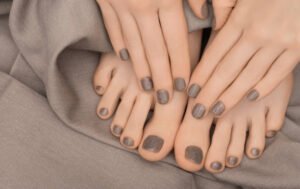
However, UV radiation curing nail paint raises health risks, including skin exposure and skin cancer. This has led to UV-free gel alternatives. Next-generation polishes use chemical initiators that cure without UV radiation, using air or visible light. These advances make applications safer and more accessible by eliminating the need for special equipment.
Along with improved durability, nail polish drying times have decreased. Traditional solvent-based polishes only harden once their solvents dissipate. Solvent composition and volatility innovations accelerated this process. Fast-drying polishes now use refined solvents that evaporate quickly, speeding drying. For instance, replacing toluene with ethyl acetate or alcohol has cut drying time from 30 minutes to a few.
Flash-volatilization components and other innovative drying technologies have changed the game. These chemicals quickly evaporate at room temperature, drawing the solvent out of the polish matrix and shortening drying durations to a minute or two. This technique simplifies nail polish application and prevents smudges and dings from undried polish.
Water-based nail paint formulas are another nail polish innovation. These polishes use water instead of solvents, reducing environmental risk and toxicity. Thanks to better formulas, current water-based polishes have a sheen and durability comparable to solvent-based ones.
Nylon and other synthetic fibers are added to lengthen nail paint wear. Fibers form a mesh-like polish layer, strengthening it against chips and scratches. Durable nail polishes benefit from such compounds because they clean the finish under harsh conditions.
Pigmentation also has innovations. Nano-pigments improve polish opacity and vibrancy by producing more vibrant colors with less material. These pigments are more evenly spread throughout the composition, making application and color distribution smoother.
Improving nail polish’s aesthetics and functionality shows a holistic approach to cosmetic product development. These advancements improve consumer happiness and push personal care cosmetics frontiers. As these technologies improve, they offer more durable, quick-drying, and safer nail paint solutions, transforming cosmetic beauty and giving nail studios new creative opportunities.
Due to customization and personalization tendencies, future polishes may alter color depending on temperature or sunlight or strengthen nails with repeated wear. The dynamic and innovative cosmetic industry has adapted nail polish to satisfy the needs of its diversified consumers.
Smart polymers also improve nail polish technology. These polymers change characteristics in response to temperature and pH changes. Adaptable nail paints could change colors or textures in different contexts, allowing for personal expression.
Health-conscious formulas are prioritized with aesthetic improvements. Vitamins, antioxidants, and essential oils are added to nail paints to nourish the nail bed and cuticle and prevent dryness. These components make nail polish a care product by promoting nail health.
Technology is used in nail polish formulation and application. Precision brushes and ergonomic bottles for more accessible applications are becoming popular. This holistic strategy maximizes the benefits of new formulas, improving user experience and outcome.
Further innovation from the lab to the nail studio requires collaboration between chemists, engineers, and designers. This interdisciplinary approach assures that the future generation of nail paints looks better and encourages healthier, more sustainable beauty. As these technologies advance, nail cosmetics will offer intelligent, sophisticated beauty options.

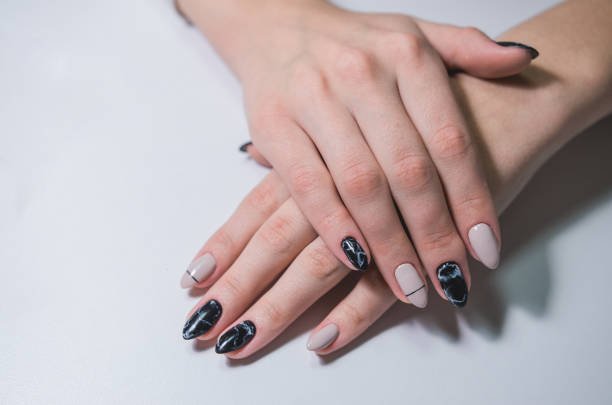
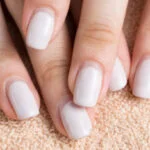

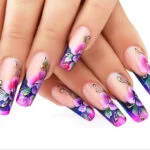

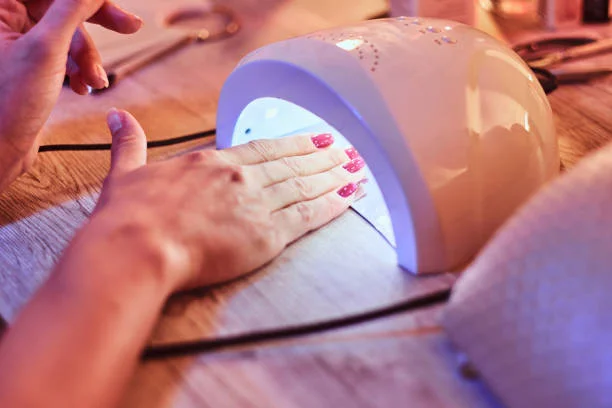

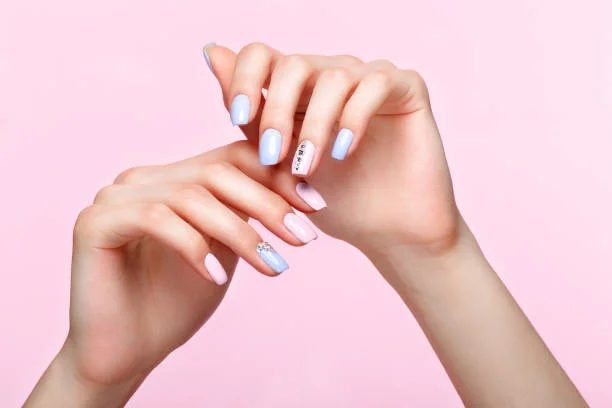
Leave a Reply